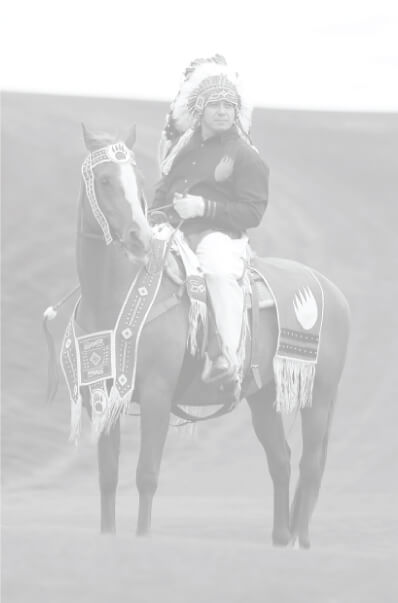Our Story
History of the land and people
Our very name “Dakota” translates to “friend” or “ally”, and from time immemorial we have created alliances with many Indigenous and non-Indigenous Nations.
Our traditional government known as the Seven Council Fires or Oceti Sakowin, was an alliance of seven Dakota, Lakota, and Nakota groups. Together, we formed a powerful kinship network that shared natural laws, spiritual beliefs, and language, as along with vast trade and military ties.
Today, members of the Oceti Sakowin are located across Canada and the United States.
The territories of the Dakota have long been misunderstood and misrepresented by non-Dakota people, who do not understand either the seasonal use of our territory or how our concept of kinship connects us to the land and our territory.
We were labeled Americans or nomads. This first label disregards that our territories existed long before the establishment of the Canada-US border, while the second label overlooks that we had a well-defined and extensive territory that we shared with other Indigenous Nations.
As Dakota, our relationships encompass the land and all living things within our territory. We are dedicated stewards of both our lands and the environment.
Our traditional territory includes parts of what is currently southern Ontario, Manitoba, and Saskatchewan, extending into Wisconsin, Minnesota, North and South Dakota, and northern Montana.
Our Dakota ancestors followed the Tatanka (buffalo), which supplied food, shelter, clothing, and tools. The river system also sustained us by providing food, medicines, and water. The rivers, along with our ancient trail system, provided a vast travel network for trade and commerce with our Indigenous allies.
“As our ancestors moved throughout the territory, they gave important locations place names in our language. In Saskatchewan, this includes It̄ok̄aḣ Mŋiduza (South Saskatchewan River), Mni Taŋka (the portion of the South Saskatchewan River near Saskatoon), Wazi P̄aha (Cypress Hills), T̄a Ḣe (Moose Mountain), and Wakpa Ojat̄e, which translates as “lower forks on the river,” and refers to where the North Saskatchewan River and South Saskatchewan River meet. Dakota place names can be found as far north as the Deschambault Lake area, as well as the northwest head of the Churchill River, which is called Waḣaŋk̄sic̄a sk̄a wak̄p̄a waziyat̄a wiyoḣp̄eyep̄at̄a mnipa”.
